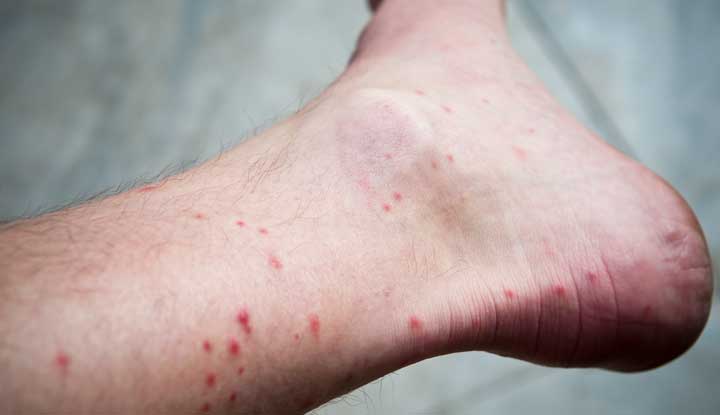Imagine a hidden world beneath your feet, where tiny, wingless creatures rule the fibers of your carpet. Fleas, no bigger than a sesame seed, are nature’s acrobats, capable of jumping 150 times their body length. Their secret kingdom thrives in the cozy depths of carpets, where they plot their next move. Here’s how these pests operate and how you can reclaim your home.
 |
| Fleas on carpet |
Why Carpets Are Flea Paradise
Carpets offer fleas everything they need: warmth, protection, and a steady food supply. The dense fibers trap pet dander, human skin flakes, and organic debris, creating a buffet for flea larvae. Adult fleas lay eggs that roll off pets and into carpet piles, where they hatch into larvae. These larvae spin cocoons, blending seamlessly into the carpet’s texture, making them nearly invisible to the naked eye.The Life Cycle of a Carpet Conqueror
Fleas progress through four stages: egg, larva, pupa, and adult. Eggs hatch within days, releasing larvae that feed on organic matter. After 1–2 weeks, larvae spin cocoons, entering the pupal stage. Pupae can lie dormant for months, resisting vacuums and sprays, until vibrations or warmth signal a host’s presence. Within seconds, adult fleas emerge, leaping onto passing pets or humans to feed and restart the cycle.Signs of a Flea Invasion
Spotting fleas early is critical. Look for:
Pet Scratching: Frequent biting or restlessness in pets.
Tiny Black Specks: Flea dirt (feces) resembling ground pepper on pet bedding or carpets.
Red Bites: Small, itchy clusters on ankles or legs.
Reclaiming Your Carpet Kingdom
Vacuum Daily: Focus on pet resting areas and baseboards. Seal and discard vacuum bags immediately.
Wash Fabrics: Launder pet bedding, throw rugs, and cushion covers in hot water.
Use Targeted Treatments: Apply diatomaceous earth or safe insecticides to carpets, letting them sit before vacuuming.
Treat Pets: Consult a vet for flea shampoos, topical solutions, or oral medications.
Preventing Future Takeovers
Groom Pets Regularly: Use flea combs and preventive treatments year-round.
Limit Outdoor Exposure: Avoid tall grass or areas frequented by strays.
Maintain Cleanliness: Reduce clutter and vacuum weekly, even in low-traffic zones.
The Silent Threat: Why Fleas Persist
Fleas are resilient. Their pupae can survive harsh conditions, and adults reproduce rapidly, laying up to 50 eggs daily. Without consistent effort, reinfestation is likely. Combining chemical and non-chemical methods disrupts their life cycle, offering lasting relief.
Fleas may be small, but their impact is anything but. By understanding their habits and acting swiftly, you can dismantle their carpet kingdom. Stay vigilant, treat thoroughly, and transform your home back into a fortress—one vacuum stroke at a time.



